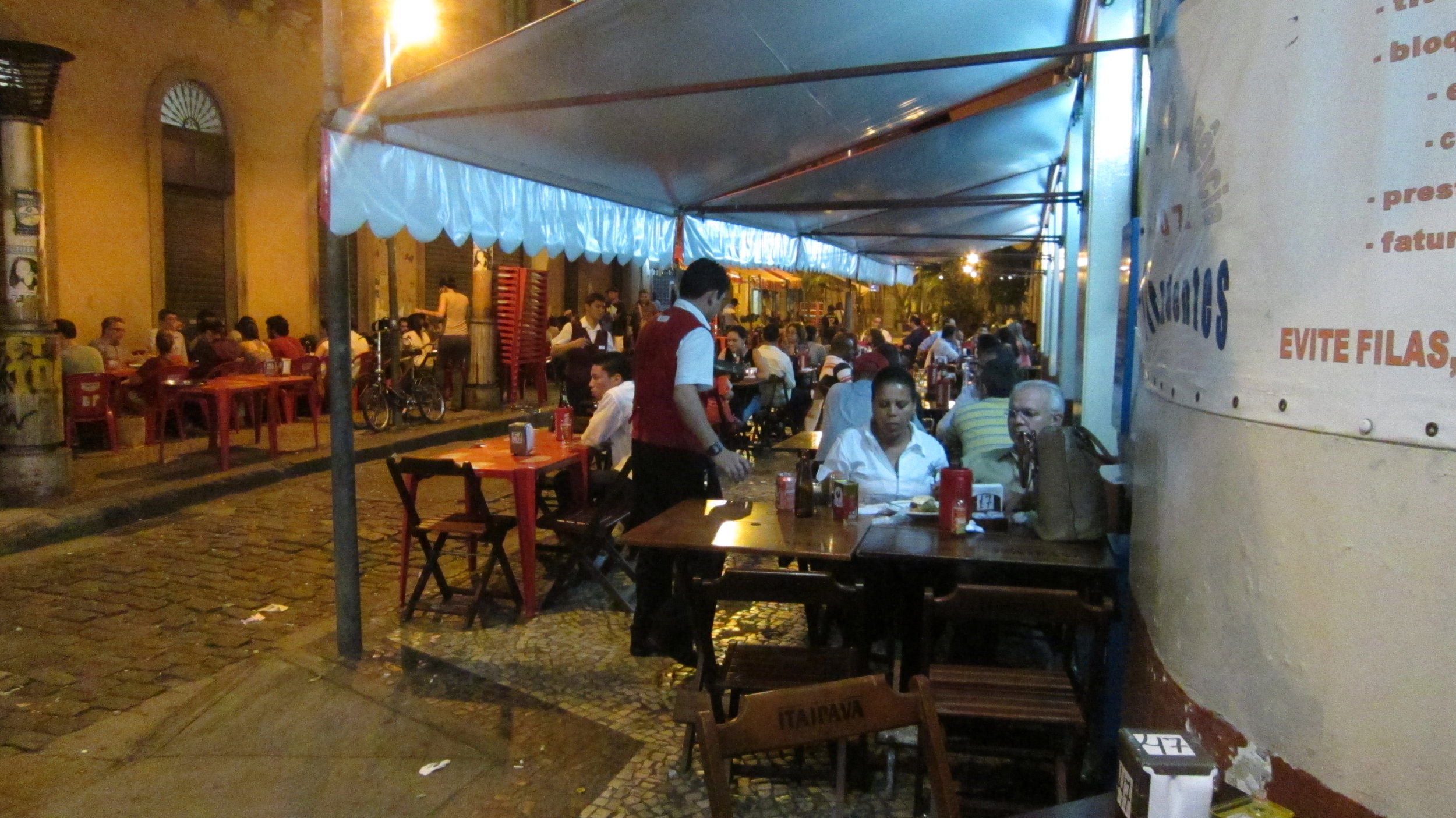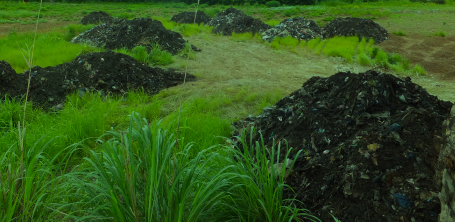Identity Design Action: East New York
Enhancing Small Business Resiliency for Local Economic Development in Brooklyn, NY
The Local Development Corporation of East New York and SBS sought to promote small business preparedness in the face of rezoning measures in East New York, Brooklyn. Our team developed participatory design methods and engagement strategies to capture local business owners needs. We designed a suite of tools that made information and services more accessible, developed a campaign that showcased the small business community, and activated neighborhoods spaces.
Context
How can design engage different communities and foster new forms of collaboration for sustained business growth? East New York is facing development pressures and possible small business displacement due to city rezonings and new investments. The region is home to a diversity of small business owners that promote clusters of economic outputs, and foster neighborhood and civic pride. Yet multiple factors affect small businesses’ opportunities that need to be understood to reduce future hardships.
Snapshot of active small business community in region of East New York.
Approach
Our approach was to use design research methods following three steps: collect information about the business owner experience, generate new insights, and scope out high impact interventions to support small business resilience. To gather necessary information we used behavioral mapping, touchtone tours, interviews, and directed storytelling to capture information from a cross section of business owners. After synthesizing our new information, we pinpointed four user personas and distilled five crucial types of support services for marketing, workforce development and recruitment, property leasing and tenant rights, and business growth. Our insights enabled us to scope out tools to increase awareness of upcoming re-zoning, improve access to existing services and programs, and support business owner’s voices to unite and advocate for mutual needs surrounding individual and neighborhood economic development.
Synthesized research findings and uncovered patterns across different business groups, pinpointing barriers to services and access to local business support.
Outcome
We designed fifteen tools and engagement events that enabled local development corporations to get vital information into the hands of small business owners. This information sharing encouraged different advocacy groups to collaborate on mutual goals for small business owners’ needs. Our “We Mean Business” Campaign included new branding that showcased business owner’s stories, and workshops to connect business owners with legal and marketing experts. We developed a SMS platform for business owners to receive updates from local organizations about services, and implemented placemaking efforts that transformed several blocks near Atlantic Avenue, BK into a call to action for small business owners to unite and organize. Through these capacity building efforts an ambassadorship was formed, and has become the basis of a new business association for East New York.
‘We Mean Business Campaign’ highlighted community leaders in the small business community and created a call to action to use city and neighborhood services.
















































































































































Social Networks Matter
Mapping Social Networks of Small Businesses and Creative Industries in Downtown Rio de Janeiro, Brazil
The City of Rio de Janeiro sought to promote its historic downtown’s cultural patrimony alongside a series of redevelopment measures to encourage use of public space, enhance cultural activities, and support local economic development. I mapped social and financial networks of small businesses and organizations to uncover creative clusters and supplementary economies that support the economic ecosystem of the area. I pinpointed conditions to support organizations’ abilities to thrive amid new redevelopment practices in the region.
Context
How might a network of local organizations inform and develop the area’s cultural economy and inform distribution of government resources? The City of Rio de Janeiro was investing in its Central Business District’s historical neighborhood, around Praça Tiradentes, to improve public space and economic development. While the region had been traditionally underserviced, it houses a diversity of businesses and cultural activities. These clusters support the local economies, creative innovation and information sharing for business owners and different creative industries.
Praça Tiradentes was opened to the public after public space renovations, and gates were removed to allow for more public activities and pedestrian traffic.
Approach
I designed a methodology and data collection tool to gather organizational information to understand financing structures, economic and cultural outputs, and information sharing of organizations. Using ethnographic interviews and observational mapping,my work uncovered lived experiences, day to day business operations, and central themes to business owners, staff, and cultural organizations in formal and informal economies. I coded and mapped data using social network analysis to uncover kinship relationships, specifically to detect patterns in organizations’ relationships and how these patterns form economic clusters.
Rendered a raw graph of social interactions using social network analysis to pick up on relationships and patterns of information flows among business owners and cultural entities in the area.
Outcome
I generated a network map of stakeholders, pinpointing clusters of primary and secondary economies that inform the social and cultural ecosystem of the downtown region. This map highlighted central community leaders and financing structures that support local businesses and creative industries. I translated my research findings into a set of recommendations and strategies to support the municipal planning agency and the cultural programing for the downtown historic core. Using research findings, I obtained a additional funding to execute the project As Crônicas Tiradentes.
Final social network graph pinpointed key stakeholders in the area and uncovered clusters of economic and cultural activities.